Name Wanda Gertz | ||
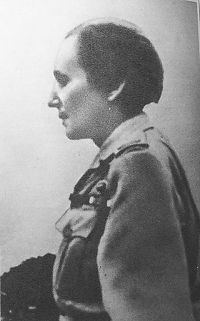 | ||
Birth name Wanda Gertz von Schliess Buried at Powazki Military Cemetery, Warsaw, Poland (52°15′30″N 20°57′11″E / 52.25833°N 20.95306°E / 52.25833; 20.95306Coordinates: 52°15′30″N 20°57′11″E / 52.25833°N 20.95306°E / 52.25833; 20.95306) Commands held II. Ochotnicza Legia KobietDywersja i Sabotaz Kobiet (DISK) Battles/wars World War IPolish–Soviet WarWorld War II Battles and wars | ||
Years of service 1915–19211939–1949 | ||
Major Wanda Gertz (13 April 1896 – 10 November 1958) was a Polish soldier who served in the Polish Legion during World War I while masquerading as a man, under the name "Kazimierz 'Kazik' Zuchowicz". She subsequently served in the Ochotnicza Legia Kobiet ("Women's Voluntary Legion") of the Polish Army during the Polish–Soviet War, and was an officer of the Armia Krajowa ("Home Army"), codenamed "Lena", during World War II.
Contents
- Early life and background
- World War I
- PolishSoviet War
- World War II
- Post war life
- Publications
- Awards
- References
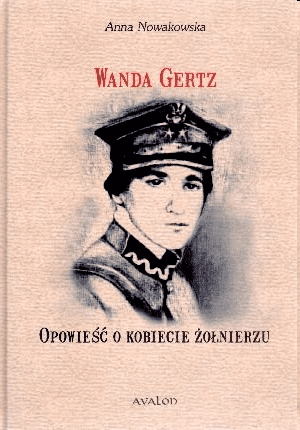
Early life and background
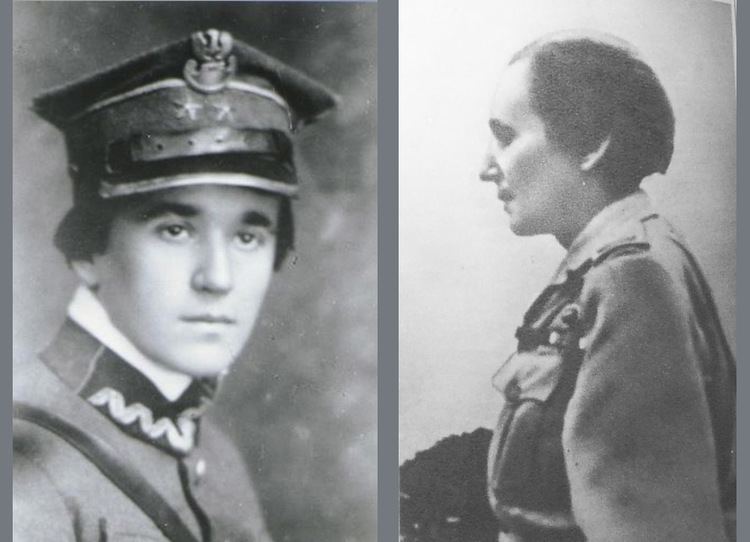
She was born Wanda Gertz von Schliess in Warsaw, the daughter of Jana and Florentyny Gertz von Schliess. Her family originated in Saxony, but had settled in Poland during the eighteenth century during the rule of the House of Wettin. Gertz's father had taken part in the January Uprising in 1863-64, and Gertz grew up hearing the stories of her father and his friends. Years later she wrote: "As a five-year-old girl I had never had any dolls, only innumerable toy soldiers, which my older brother, his friends and I played with. Even then, I knew that high rank was not for girls. My fondest dream was to become an officer. However, as a girl I could only be a private."
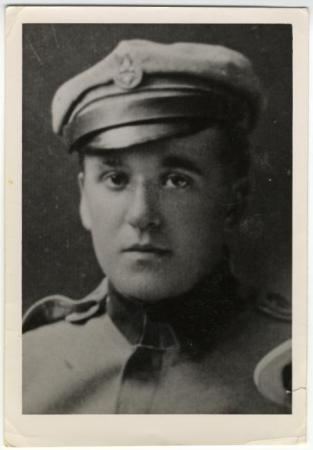
In 1913, Gertz graduated from the Gimnazjum Kuzienkowej in Warsaw. While still at school Gertz had joined the then illegal Girl Guides, belonging to the 4th Troop "Emilia Plater". After the beginning of World War I in 1914, she joined the Konfederacji Polskiej, an independent morale-raising organization. Gertz delivered propaganda leaflets and made clothes for prisoners of war. She then joined the 4th Warsaw Battalion, but in August 1915 when the Battalion joined the 1st Brigade of the Polish Legion, women were prohibited from serving in the front lines.
World War I
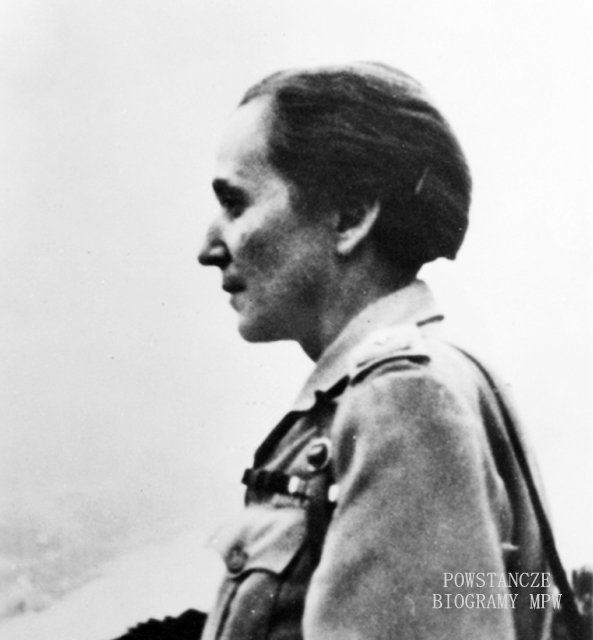
Soon after Gertz cut off her hair, and dressed in men's clothing presented herself at a recruitment office of the Polish Legion as "Kazimierz Zuchowicz". All went well until the medical inspection. However, a sympathetic doctor promised to help, and she was assigned to serve as a medical orderly. After a few weeks "Kazik" was reassigned to an artillery unit, serving there for six months, and seeing action during the Brusilov Offensive. She also learned to ride a horse, and served in a signals platoon. After returning to Warsaw in 1917 following the Oath crisis Gertz joined the women's branch of the clandestine Polska Organizacja Wojskowa ("Polish Military Organisation").
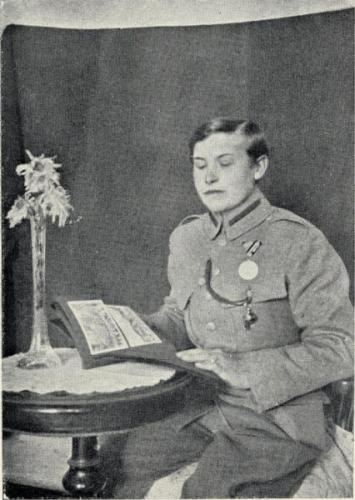
On 8 December 1917 during a demonstration in Plac Zbawiciela, Gertz was arrested and sentenced to six months in prison. Once released she worked as a courier, and was involved in disarming German troops in November 1918. In December 1918 Poland finally gained its independence, and Gertz joined the People's Militia, and was assigned to the Armaments Section in March 1919.
Polish–Soviet War
In April 1919, soon after the outbreak of the Polish–Soviet War, Gertz enlisted in the Polish Army and was assigned to the 1st Lithuanian–Belarusian Division. In September 1919, she was appointed commander of the II. Ochotnicza Legia Kobiet ("2nd Women's Volunteer Legion") in Vilnius. The Women's Legions played a secondary role, usually engaged only in guard duties, but during the fighting for Vilnius, the 2nd Legion did see action at the front, helping to fight off the attacks of Gai Khan's Cavalry Corps. Gertz was subsequently awarded the Virtuti Militari.
At the end of the war in 1921, Gertz was demobilized. She worked for Koncernie Maszynowym S.A. from 1923, and after the May Coup of 1926, in the office of Józef Pilsudski, the General Inspector of the Armed Forces. After Pilsudski's death in 1935, she co-founded the Museum of Belweder, and remained there until September 1939. Her free time was devoted to other military activities. In 1928 Gertz became one of the first 13 members of the Przysposobienie Wojskowe Kobiet ("Women's Military Training") and served as an instructor, and in 1938 was treasurer of the "Federation of Polish Associations of Defenders of the Fatherland".
World War II
Soon after the outbreak of World War II in September 1939, Gertz was one of the first women to join the resistance movement Służba Zwycięstwu Polski (SZP, "Service for Poland's Victory"), operating under the code name "Lena". She worked to organize clandestine communications, acted as a courier, and was the assistant to division commander Stanislawa Kozarskiego. In April 1942 Gertz was ordered to create and command a new unit Dywersja i Sabotaz Kobiet ("Women's Diversion and Sabotage"), as part of the Kedyw. Members of DISK carried out attacks on German military personnel, airfields, trains and bridges. Gertz seems to have been sceptical about the planned Warsaw Uprising, and prohibited members of her group from taking part, though many did anyway.
Captured after the Uprising, Gertz was held as a prisoner-of-war by the Germans. She passed through the camps at Ozarów, Lamsdorf and Mühlberg, and finally in late 1944 arrived at Molsdorf. On 5 April 1945 the POWs of Molsdorf were marched to nearby Blankenhain, before finally being liberated on the 13th by troops of the U.S. 89th Infantry Division.
Post-war life
Gertz was sent to England, returning to Europe after the German surrender to serve as Inspector for Women Home Army Soldiers. She travelled throughout Germany and Italy in search of displaced Polish women. From May 1946 until February 1949 she was part of the Polish Resettlement Corps, serving as Inspector of Women Soldiers in the north of England. Her job was to prepare them for civilian life in Britain. Gertz herself then worked in a canteen until her death from cancer on 10 November 1958. Her funeral was attended by many veterans, including Aleksandra Piłsudska, and Generals Michał Karaszewicz-Tokarzewski and Tadeusz Bór-Komorowski. In 1960 her ashes were taken to Poland and interred at the Powązki Military Cemetery in Warsaw.
